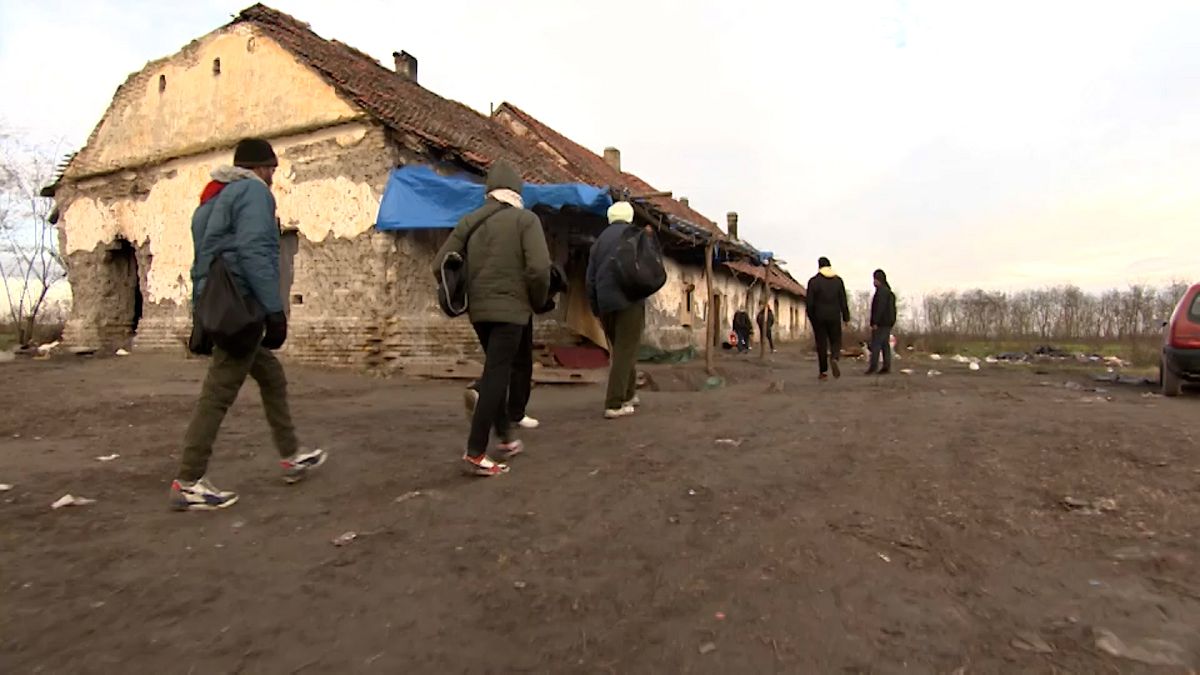Migration pressure along Hungary’s southern border has significantly decreased, with locals on the Serbian side of the border reporting that they have not seen a single refugee for months. A year ago, the Kárász farm near Horgos on Hungary’s southern border was home to hundreds of migrants and refugees who used to cross the border illegally. Today, all that remains are discarded energy drink cans and remnants of tents, as the area has been evacuated and pummeled by weeds by Serbian authorities.
For the past year, Serbian authorities have been systematically evacuating the Kárász farm and the surrounding area, transporting migrants to camps in Serbian towns such as Kikinda and Preševo. Local residents such as Martha and László have witnessed the changes in the area, with Martha mentioning that a month ago, Serbian law enforcement was still picking up anyone without papers and taking them away. László also recalls witnessing outbreaks of crime, including migrants opening fire on each other, leading to the intervention of Serbian police.
The situation along Hungary’s southern border reflects a shift in migration patterns and enforcement measures by Serbian authorities, leading to a decrease in migrant presence in the area. The dismantling of the makeshift camp at the Kárász farm is a result of efforts to address the issues related to illegal border crossings and overcrowded migrant camps. With migrants being transported to official camps, the area has seen a reduction in criminal activities and migration-related incidents.
The lack of refugees in the border area indicates a potential change in migration trends, with stricter enforcement measures and improved border control leading to a decrease in illegal crossings and migrant presence. The cooperation between Hungarian and Serbian authorities in addressing migration issues has contributed to the stabilization of the situation along the southern border. Efforts to provide migrants with appropriate shelter and support in official camps have also played a role in reducing the need for makeshift settlements and unregulated border crossings.
While the absence of refugees in the area may be a positive development in terms of border security and addressing migration challenges, it also raises questions about the fate of those who were previously living in the makeshift camp at the Kárász farm. The evacuation of migrants to official camps highlights the need for comprehensive and humane approaches to managing migration flows, ensuring the protection of human rights and the safety of vulnerable populations. As the situation continues to evolve along Hungary’s southern border, ongoing cooperation and coordination between relevant authorities will be crucial in addressing future migration challenges effectively.
Overall, the decrease in migration pressure along Hungary’s southern border reflects a combination of factors, including stricter enforcement measures, improved border control, and the relocation of migrants to official camps. While the absence of refugees in the area may be seen as a positive development in terms of addressing illegal border crossings and criminal activities, it also underscores the ongoing need for comprehensive and compassionate approaches to managing migration flows. By continuing to work together and prioritize the well-being of migrants, Hungarian and Serbian authorities can build on these achievements and ensure a more sustainable and humane response to migration challenges in the region.











